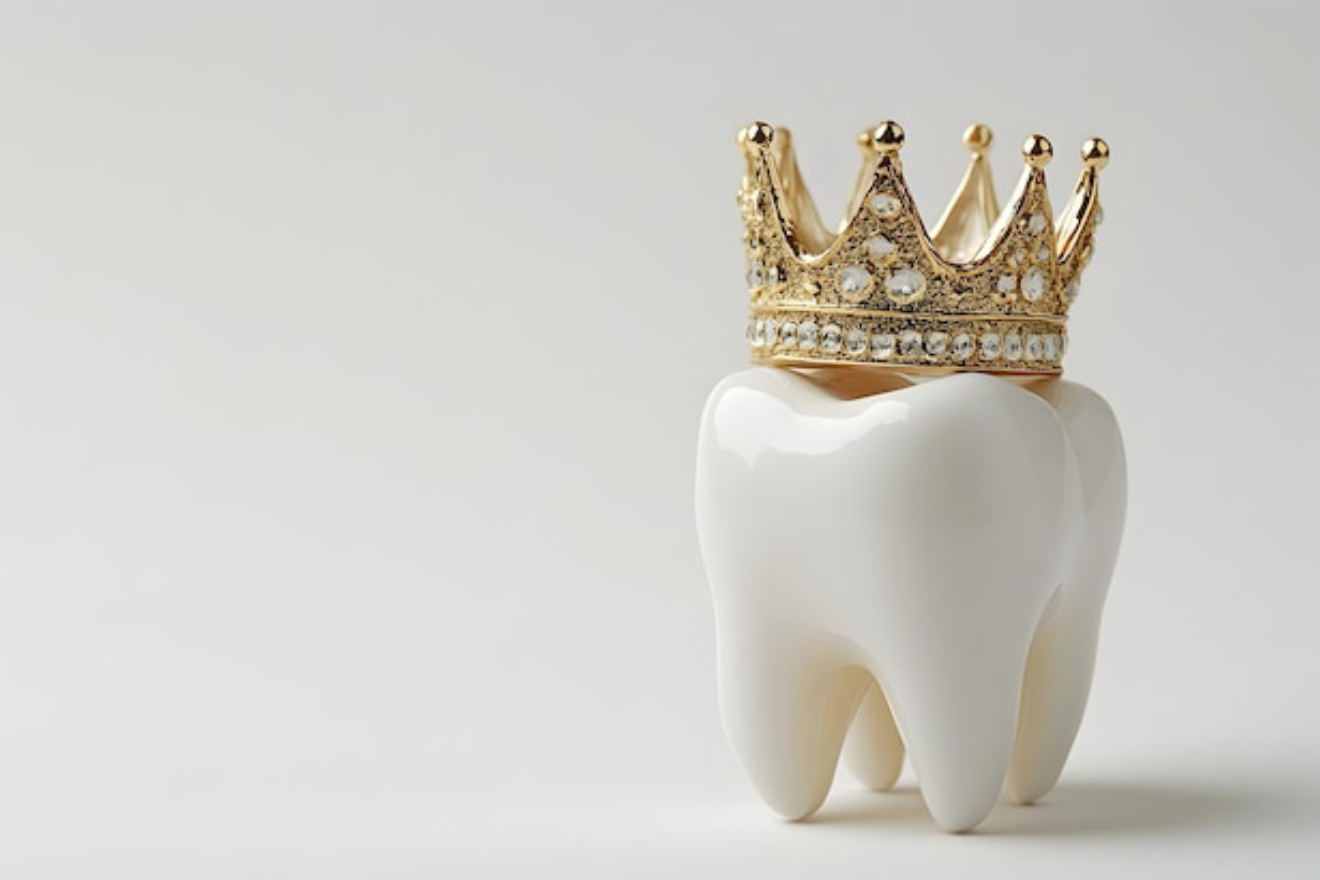Essential Guide to Teeth Crowns and Caps
Teeth crowns and caps are restorative dental treatments used to repair and protect damaged or weakened teeth. They are essential for maintaining the functionality and appearance of teeth that have been significantly altered by decay, trauma, or wear. Here’s a comprehensive overview of these treatments, including their purposes, types, procedure, and aftercare.
What Are Teeth Crowns and Caps?
A dental crown is a tooth-shaped cap placed over a tooth to restore its size, shape, strength, and appearance. The terms “crown” and “cap” are often used interchangeably, although “crown” is the more commonly used term in modern dentistry.
Reasons for Teeth Crowns and Caps
- Restoration of Decayed Teeth: When a tooth is severely decayed and cannot be effectively restored with fillings, a crown provides a durable solution to rebuild the tooth and protect it from further damage.
- Repairing Cracked or Broken Teeth: Crowns are used to cover and protect teeth that have been cracked or broken, helping to prevent further fractures and preserving the tooth’s function.
- Supporting a Tooth with a Large Filling: Teeth with large fillings are more susceptible to breaking. A crown helps to reinforce the tooth and restore its strength and functionality.
- Enhancing Cosmetic Appearance: Crowns can improve the appearance of teeth that are discolored, misshapen, or poorly aligned, providing a natural-looking enhancement.
Types of Teeth Crowns and Caps
- Porcelain Crowns: Made from high-quality ceramic materials, porcelain crowns are highly aesthetic and closely mimic the appearance of natural teeth. They are ideal for visible teeth due to their natural look and feel.
- Metal Crowns: Metal crowns, such as those made from gold or other alloys, are known for their durability and strength. They are commonly used for back teeth where appearance is less of a concern.
- Porcelain-Fused-to-Metal Crowns: Combining the strength of metal with the natural appearance of porcelain, these crowns offer a balance between durability and aesthetics. They are suitable for both front and back teeth.
- Ceramic Crowns: Made entirely from ceramic materials, ceramic crowns provide a strong, natural-looking solution for teeth that need restoration, especially in visible areas.
The Crown Placement Procedure
- Initial Examination: Your dentist will conduct a thorough examination of the affected tooth, including X-rays, to determine the extent of damage and the most appropriate treatment.
- Tooth Preparation: The tooth receiving the crown will be reshaped to accommodate the crown. This involves removing a portion of the tooth structure to ensure a proper fit for the crown.
- Impressions: Impressions of the prepared tooth are taken to create a custom crown that fits perfectly. Modern techniques may involve digital impressions for greater precision.
- Temporary Crown: A temporary crown is placed over the prepared tooth to protect it while the permanent crown is being fabricated in a dental laboratory.
- Crown Placement: Once the permanent crown is ready, it is placed over the prepared tooth and adjusted for fit, shape, and bite. The crown is then permanently cemented in place.
Aftercare and Maintenance
- Oral Hygiene: Good oral hygiene is essential to ensure the longevity of the crown. Brush and floss regularly, and use fluoride toothpaste to protect your teeth and gums.
- Dietary Considerations: Avoid chewing hard or sticky foods that could damage the crown. If you experience any discomfort or notice changes in the crown, contact your dentist for evaluation.
- Regular Check-Ups: Schedule regular dental check-ups to monitor the condition of the crown and the overall health of your teeth and gums.
Potential Complications
While teeth crowns and caps are generally effective and safe, some potential complications include:
- Crown Loosening: Crowns may become loose over time, requiring re-cementation or replacement.
- Tooth Sensitivity: Some sensitivity to hot or cold temperatures can occur after crown placement, which usually resolves with time.
- Crown Damage: Although rare, crowns can chip or crack, necessitating repair or replacement.
Conclusion
Teeth crowns and caps are vital restorative treatments that help maintain the health, function, and appearance of damaged or weakened teeth. By understanding the purpose of crowns, the types available, the placement procedure, and the importance of aftercare, you can ensure a successful treatment outcome and long-term dental health. Always consult with your dentist to determine the best option for your needs and follow their recommendations for optimal care and maintenance.


